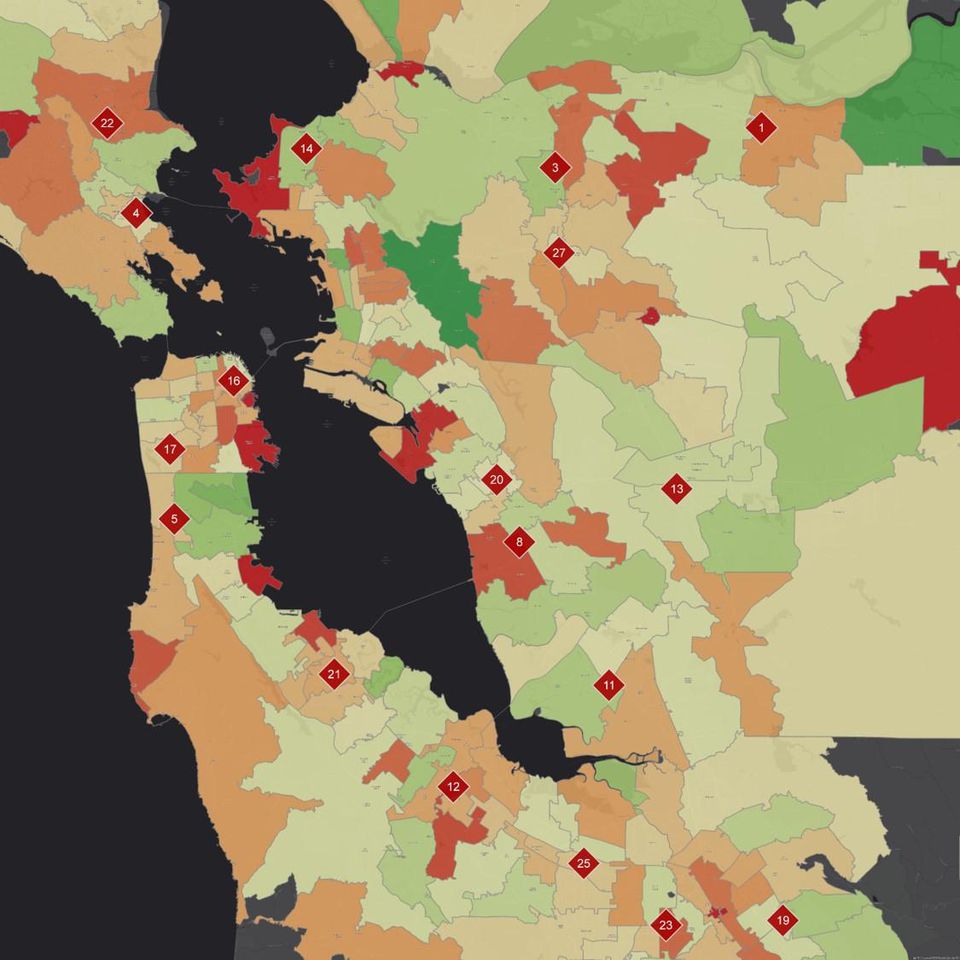Most teenagers tend to think that they are more knowledgeable than their parents. The truth is that they are wrong to think this way.
This parallel is also applicable to the retail industry where e-commerce retailers think that they can learn nothing from physical store retailers. Before the Internet existed, brick and mortar stores were prevalent. The invention of e-commerce offered new and exciting ways in which retailers can serve their customers better. Retailers should also accept the fact that none of them is superior and that they can both learn from each other as explained below.

Supply Chain Innovations To Improve Delivery
Shoppers are having high delivery expectations from both online and physical stores. They believe that shipping should always be free, traceable and fast. Both online and physical store retailers can make shipping experiences to be seamless and speedy in many ways. They should first leverage warehouse and inventory management systems and in-store analytics. This initiative enables them to optimize and understand their inventory locations. Retailers can also use modern retail innovations such as cloud-based solutions for managing expenses and tracking shipments. It is high time for them to integrate their business activities with these innovations to improve their inventory and shipping processes.
In-Store Pickup
In-store and online retail stores are merging with each other faster and effectively than ever. Online retailers are now using in-store pickup options to improve their customer experiences. They learned from their in-store counterparts that shoppers also enjoy in-store pickup options. Besides this fact, in-store and online retailers should set up physical pickup stores within 10 miles of their customer’s population.
Visual Merchandising
The retail space for both in-store and online retails should focus on displaying products for maximum revenue generation. Through visual merchandising, retailers can optimize their stores and increase their revenues. In-store retailers use this strategy to create new and appealing shopping environments for their customers.
Online retailers can also learn from this strategy by creating new looks and highlighting new products on their websites. Visual merchandising can help them in creating an online curb appeal that will drive their sales revenues. A well-designed website can not only attract the shoppers but also retain them. Managers of physical retail stores can also learn the same from online retailers.
Customer Analytics
It is the duty of retailers to understand customers before attracting or retaining them. They should also use certain methods and tools when identifying specific customer segments and when analyzing customer data. Both In-store and e-commerce retailers can learn from each other ways of gaining deeper insights into customer data. They can share their experiences on how they analyze valuable customer data such as professional status, education levels, buying power, average earnings and age groups.

This map displays where people shop in the San Francisco Bay Area. Those in green shop in downtown San Francisco, where they work, as opposed to where they live. Source (Forbes)
Retailers can analyze customer data to determine the highest performing buying behaviors. These behaviors shed light on the decisions that people make from the moment they demand a product or service to when they buy it. Managers of both online and physical retail stores can share insights with each other regarding the factors that influence customer’s purchasing decisions.
Redesigning Business Models from Scratch
Retailers can help each other understand how to redesign their business models from scratch. They can learn from each other how to adjust their activities for greater price transparency. Before making this move, they should acknowledge the fact that new innovations in the retail industry are becoming more versatile, cheaper and faster. When redesigning their shopping models, they should figure out what they need to do differently for their sales to increase. They should also figure out whether opening new stores may help them reach more customers.
The design specifications for the retail industry are changing on a daily basis. This is due to the fact that consumers’ demands are always increasing and changing. Buyers want to access extensive product information and broad product selection as they are making purchases. They also want to access customer reviews, testimonials and tips whether they’re shopping online or offline. In-store and online retailers should join forces in helping each other learn how to redesign their business models because potential buyers want a perfect integration of physical and digital stores.
Attract, Train, Hire and Retain Innovative Talent
For them to survive in the ever-changing and highly-competitive retail industry, retailers need to attract, train, hire and retain innovative people. They need to make use of young, imaginative and tech-savvy individuals to conceptualize ideas on how their enterprises can move forward. Retailers can emulate what their colleagues (in-store or online retailers) are doing to upgrade their hiring or recruitment efforts. Renowned retail companies usually recruit talent from college campuses or creative hubs based in different parts of the world.
Unlike in the past where retailers experienced difficulties when recruiting top talent, modern technology made it easy for them to carry out their recruitment exercises. They can use social networks (such as LinkedIn), desktop video conferencing, instant messaging, shared knowledge bases, collaborative groupware, and mobile applications to find innovative people to work for them. These technologies also enable them to bridge the gap between their public relations (PR) and hiring strategies.
Final Thoughts
Brick & mortar and online aren’t or shouldn’t be enemies. They depend on each other to explore new opportunities in the retail industries and attract more loyal customers. Their intertwined business activities make their relationship important than ever. When most people think about the growth and future of the retail industry, they focus on big technologies that can disrupt the industry. It’s not bad to have these thoughts. However, we need to look at the little things that will steer growth in the industry. It is important to look at how brick and mortar and online retailers can learn from each other. Retailers can share with each other insights on supply chain innovations to improve delivery, visual merchandising, in-store pickup, customer analytics and redesigning business models from scratch. They can also help each other learn about attracting, training, hiring and retaining innovative talent.
If you’re interested in more posts about e-commerce and retail, check out our complete report detailing how technology is transforming the both brick-and-mortar and online stores.








